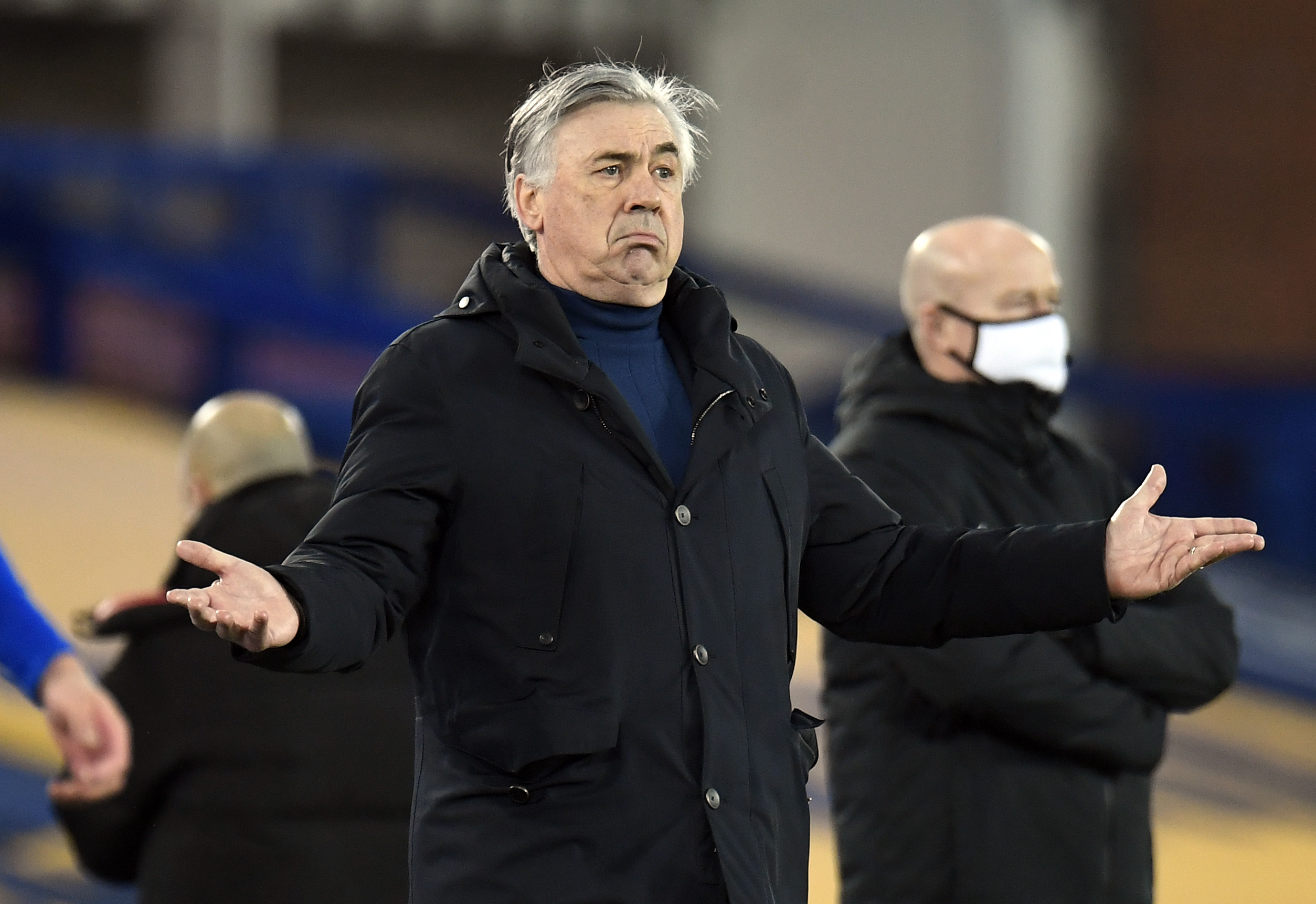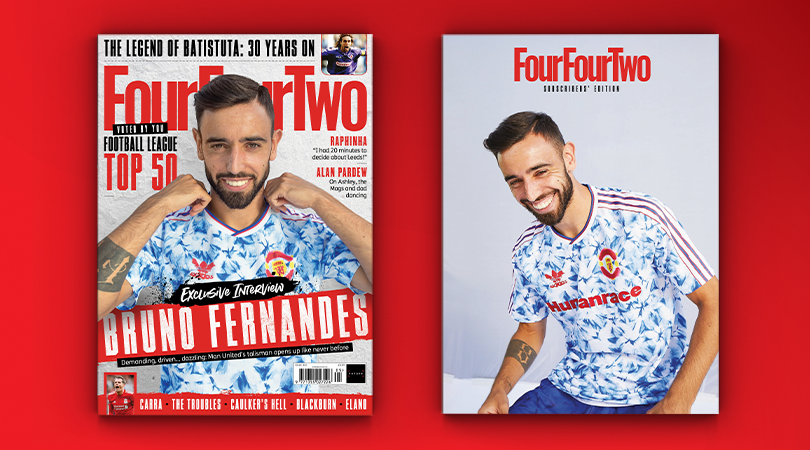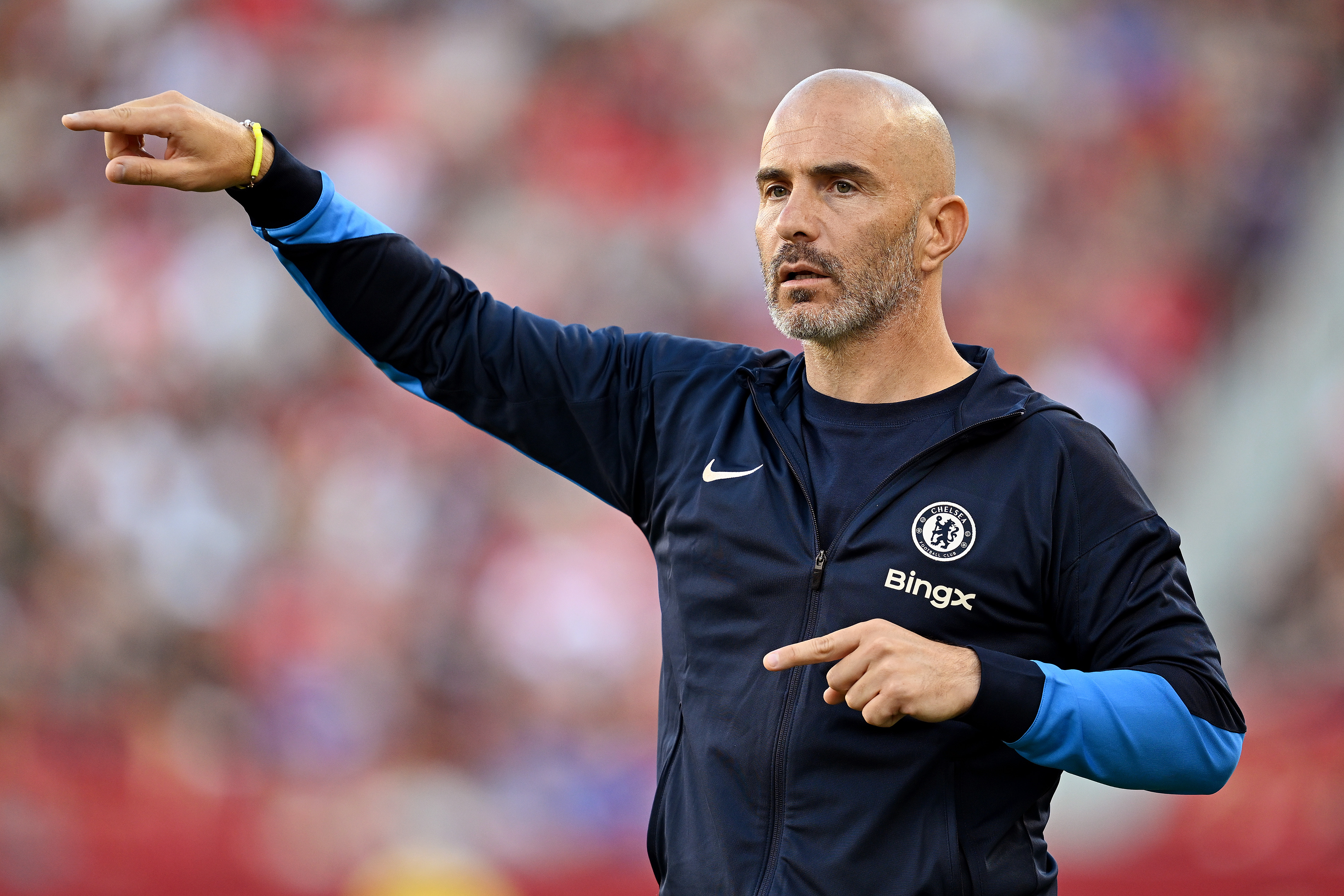What kind of team are Carlo Ancelotti's Everton?
Carlo Ancelotti's Everton have been good, bad and ugly this season, but no discernible blueprint is emerging

The former Chelsea and Real Madrid manager has gone four years without a trophy. He may not even qualify for Europe this season. Contrasts are drawn with his glory days; his current plight feels proof of decline. Managers more associated with a philosophy can look down on him in the table.
Still, enough about Jose Mourinho. Carlo Ancelotti, a man so pleasant that even Mourinho cannot create a feud with him, faces the Portuguese on Friday. The facts are similar, the interpretation different. If Everton versus Tottenham is the battle for seventh, it only looks like underachievement for one. It may be unusual to find each so far down the league but, 16 months into his reign, perhaps the most incongruous part is simply that Ancelotti is at Everton. He is as popular among the Everton support as Mourinho is unpopular among their Spurs counterparts.
And yet if Mourinho’s Tottenham is something unwanted, what is Ancelotti’s Everton? It can feel an extended experiment, with a Galactico manager who has spent two decades working with many of the world’s best players being parachuted into what was a mid-table team, albeit one who had been in the relegation zone when Marco Silva was sacked. It may end up in the Champions League or back in mid-table anonymity, in a historic high or more of the same. Ancelotti has steered Everton to two quarter-finals without ending the 25-year wait for silverware.

Ancelotti can be an amiable chameleon; compared to many of his peers, he seems to stand for less. He had a 4-4-2 phase last season, reviving memories of his past as a disciple of Arrigo Sacchi. But this season, he has generally alternated between 4-3-3, 4-2-3-1, 3-4-3 and 3-5-2.
At AC Milan, Ancelotti would sometimes cram in a quartet of No.10s. At Everton, he sometimes lines up with four centre-backs, whether as a back four, with Ben Godfrey as a wing-back or, as on Monday, with Mason Holgate in midfield. They have produced some fine displays of resolute defending; they have been reminders that Ancelotti may be associated with more attacking teams, but he can still drill a defence.
Yet while he appears one of the footballing aesthetes, Everton rank second only to West Ham for set-piece goals as they have used the height of Dominic Calvert-Lewin and their battalion of centre-backs, along with the delivery of Lucas Digne, Gylfi Sigurdsson and James Rodriguez. They can be better with less of the ball – only one of their last five wins has come when they have had a majority share, and that was against Sam Allardyce’s West Brom – but, with less than 40 per cent of possession in six of their last 13 outings, can see worryingly little of it; yet sometimes when they have the most of it, they are at their worst.
If it was anticipated an Ancelotti side would be better in possession by now, it explains in part while Everton can conjure some big-game wins - they have twice defeated Tottenham, while the Italian ended their 22-year wait for victory at Anfield – they can struggle to beat bottom-half teams at home. Their record at Goodison Park is poor, their away form outstanding; even in an age when a lack of crowds is changing perceptions, it might make more sense if they were the other way around.
Get FourFourTwo Newsletter
The best features, fun and footballing quizzes, straight to your inbox every week.
Ancelotti has shown a sure touch in the transfer market. His four main signings – Allan, Abdoulaye Doucoure, Rodriguez and Godfrey – have all impressed when fit. Ancelotti has coaxed improvement from several of his charges, led by the talismanic Calvert-Lewin and the fast-emerging Godfrey. He has made Michael Keane and Yerry Mina more consistent, but has not managed to conjure consistency from some of his predecessors’ players: Andre Gomes, Alex Iwobi and Bernard retain an enigmatic feel.
If they explain why his inheritance was decidedly imperfect, circumstances also help explain why Ancelotti has needed to show such an inventive streak. He has had to be resourceful; the system changes are in part because there has been no reliably winning formula but also rational attempts to round up the best available 11 into a coherent shape. Everton’s squad is imbalanced, created by years of decidedly mixed recruitment before his arrival. The paradox in Monday’s team at Brighton, when Holgate was pressed into service in the middle of the pitch, is that Everton are overloaded with central midfielders. But, with the exception of Tom Davies, they had all contrived to get injured. And so he picked Holgate in a position where he used to have Andrea Pirlo, Michael Essien and Luka Modric.
There are times when Ancelotti’s Everton seem on the brink of a breakthrough, others where they are trapped in a cycle of unpredictability. They have had an upgrade in the dugout and, especially when his premier players are fit, on the pitch, but they may yet equal the eighth-place finishes recorded by Silva and Allardyce or the seventh of Ronald Koeman. They have not provided a definitive answer to the question of what their identity is. But maybe Ancelotti, the ego-free superstar of the dugout, prospered at so many top clubs for so long because his teams never needed one. Do Everton?
Subscribe to FourFourTwo today and get your first five issues for just £5 for a limited time only - all the features, exclusive interviews, long reads and quizzes - for a cheaper price!
NOW READ
RANKED! The 10 best central midfielders in the world
RAPHINHA EXCLUSIVE “I had 20 minutes to decide whether or not to join Leeds – but it was the chance to fulfil my dream”
RICHARD JOLLY What's the worst European defeat for any English club?
Richard Jolly also writes for the National, the Guardian, the Observer, the Straits Times, the Independent, Sporting Life, Football 365 and the Blizzard. He has written for the FourFourTwo website since 2018 and for the magazine in the 1990s and the 2020s, but not in between. He has covered 1500+ games and remembers a disturbing number of the 0-0 draws.

